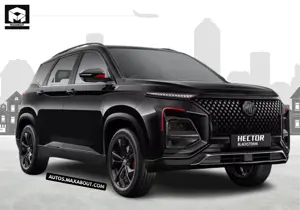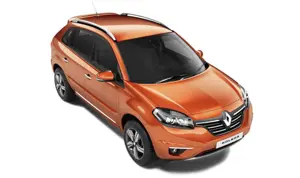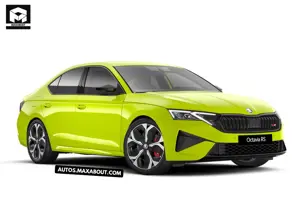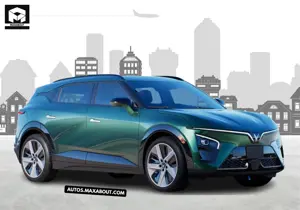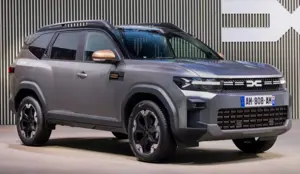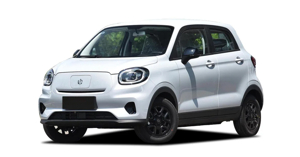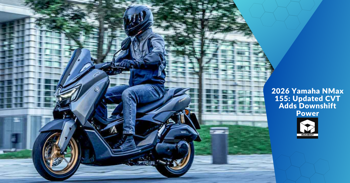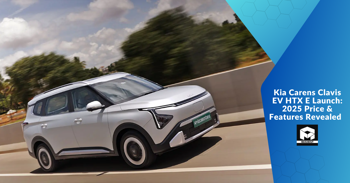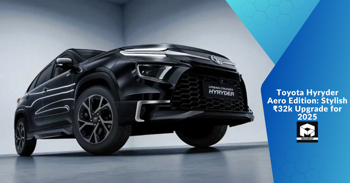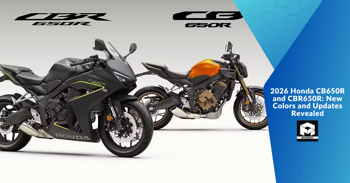How does the Bajaj Chetak 3501 build quality compare to its petrol version?
The move from petrol to electric scooters has brought into question build quality and durability. Electric models are relatively new, and traditional petrol scooters have had decades to refine their construction. In this area the Bajaj Chetak 3501, as an electric scooter, gets scrutinized. Its feel, sturdiness, and overall quality is often compared by users with familiar petrol models. But this comparison isn’t just about aesthetics, it’s also about long term durability and maintenance. Do the materials used measure up to the same standard? How can it survive on a daily basis? Does integrating electric components change the overall build? For potential buyers who are accustomed to a petrol scooter’s reliability, and are considering the switch to electric, these questions are important.
Honestly, I'm impressed. The Chetak is solid, if not better built than some petrol scooters I’ve owned.
Most Popular Cars
Based on Cars Popular on Maxabout
Volkswagen T-Roc Automatic
₹ 21,35,000
1173 Views
MG Hector Plus Blackstorm CVT (7-Seater)
₹ 22,58,800
1493 Views
Renault Koleos Diesel 4x4
₹ 26,68,000
872 Views Recently Added Cars
New Cars Added On Maxabout
Skoda Octavia RS
₹ 49,99,000
221 Views
VinFast VF7 Sky Infinity
₹ 25,49,000
642 Views
VinFast VF7 Sky
₹ 24,99,000
596 Views Upcoming Cars
Exciting Upcoming Cars
Maruti Swift Hybrid
₹ 10,00,000
1779 Views
Renault Boreal Bigster SUV
₹ 13,00,000
1920 Views
Leapmotor T03
₹ 8,00,000
1369 Views Discussions and Questions How Does The Bajaj Chetak 3501 Build Quality Compare To Its Petrol Version
How does the Bajaj Chetak 3501 build quality compare to its petrol version?
14 January 2025 10:58
Ask a Question
Latest News
Recently Added News
Toyota's New V8 Supercar Unleashed: December 5 Reveal Date Confirmed
Wednesday, 22 October 2025 21:43 PM
2026 Toyota FJ Cruiser Revealed – Baby Land Cruiser Returns Strong
Wednesday, 22 October 2025 20:19 PM
Kia Carens Clavis EV HTX E Launch: 2025 Price & Features Revealed
Saturday, 18 October 2025 14:09 PM

